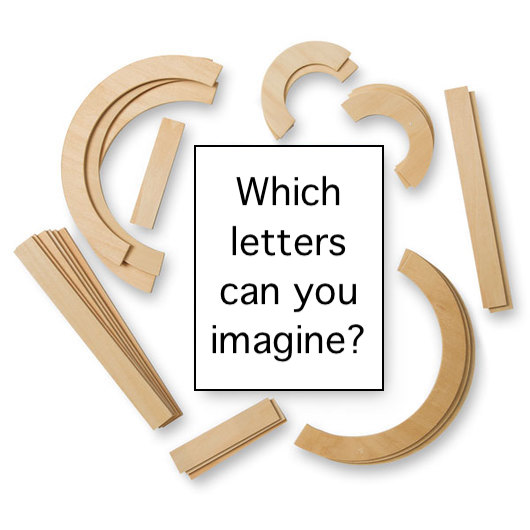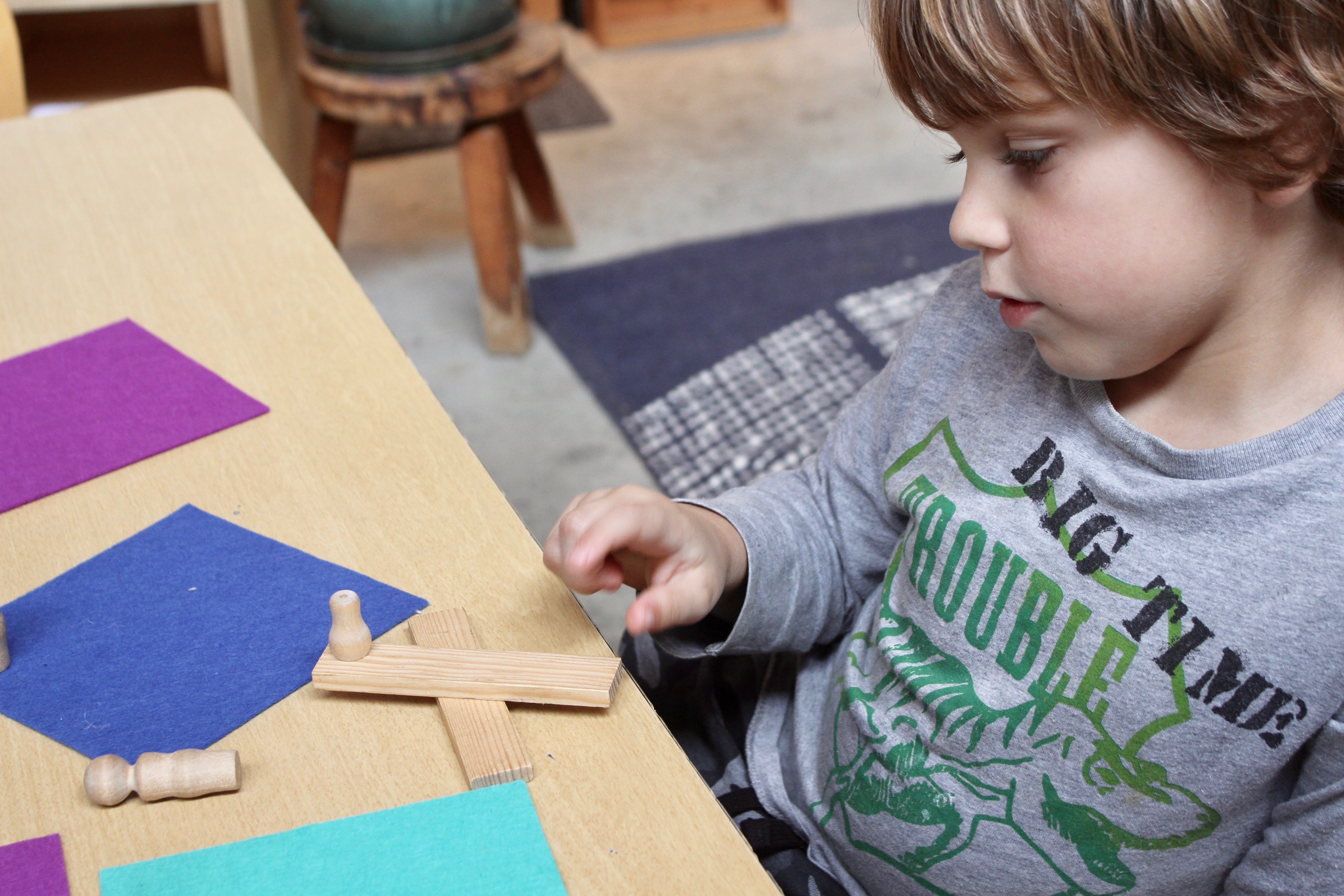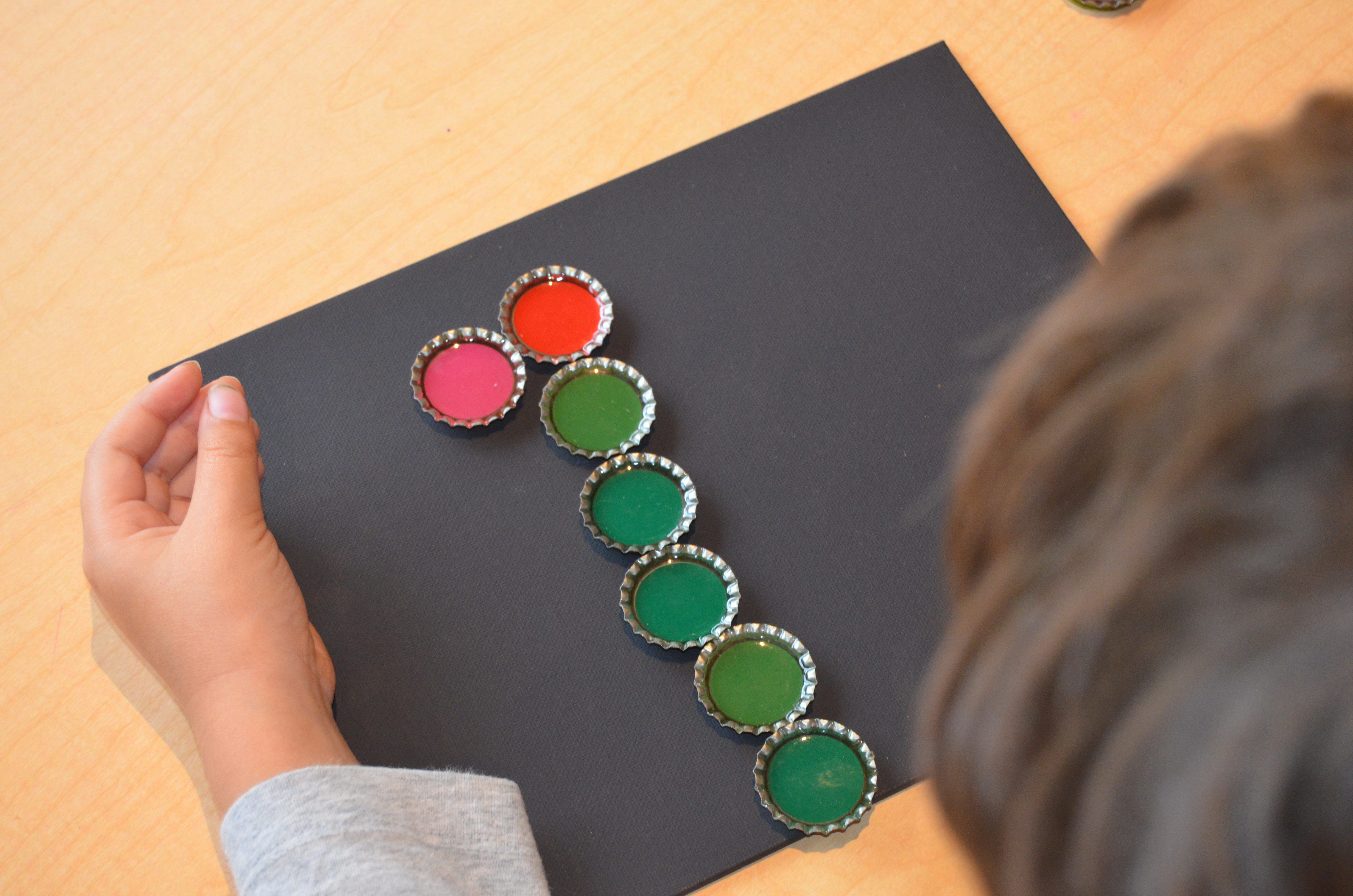Dear Studio Red,
This week we released our last butterfly. What is one memory you will hold of the monarchs?
Love, Lauri and Emily
OUR WEEK IN PARTS
INDOOR EXPLORE
As you visit our studio over time, you will notice how our play spaces change. We use the environment as a third teacher, meaning we believe in the power of place to inform learning. The physical environment, both the structure of the space and the materials within it, guide learning experiences, challenge children’s thinking, and help extend their understandings. Our work is to provoke learning as we shift spaces. How can a new material challenge children? How might a new focusing question help children learn new skills, new ways of experimenting? Keeping materials out for extended periods of time allow us to envision new possibilities. Children naturally search for ways to add complexity to their thinking and teachers guide this process too!
a new material to extend learning about letters, balance, stories, and line…
revisiting a material many times over…

“You twist, I pull.” Charlie Schubert

What have you imagined with these materials?
What can we learn when we use a material again and again? Children have imagined many tools with these spools! Used in this particular way, attached end to end, these spools have become telescopes, vacuums, hammers, lifters, guns, plows, and pogo sticks. Imagining in this way, children develop flexible thinking. They communicate ideas to one another and develop critical thinking as they learn the affordances and limitations of materials. Over many weeks they have been learning how to construct and deconstruct. Taking tubes apart can be tricky!
What did we learn about our pogo sticks?
three different color pairs at once to provoke comparisons of combinations and ratio as we learn about color…



What color do you think these color recipes will make?
What happens if there is more of one color?
BOOKS
We read two new stories to extend our thinking about monarchs, conflict, emotions, and numbers. We continue to read our Frog and Toad chapter books during rest. We also introduced how we organize books in Studio Red with book baskets and labels. We now sort books and there are so many ways to sort them! We have a basket for creature books, another for alphabet books, and a third for number books. And, of course, our summer books live in a special place.
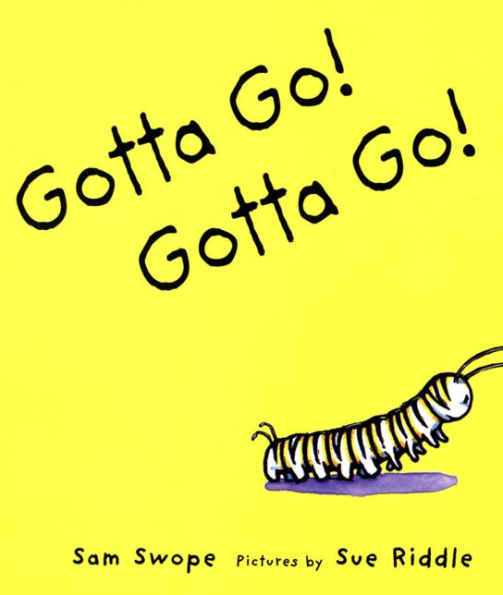
What happened to help Blue and Red feel better?

Where do books belong in your home?

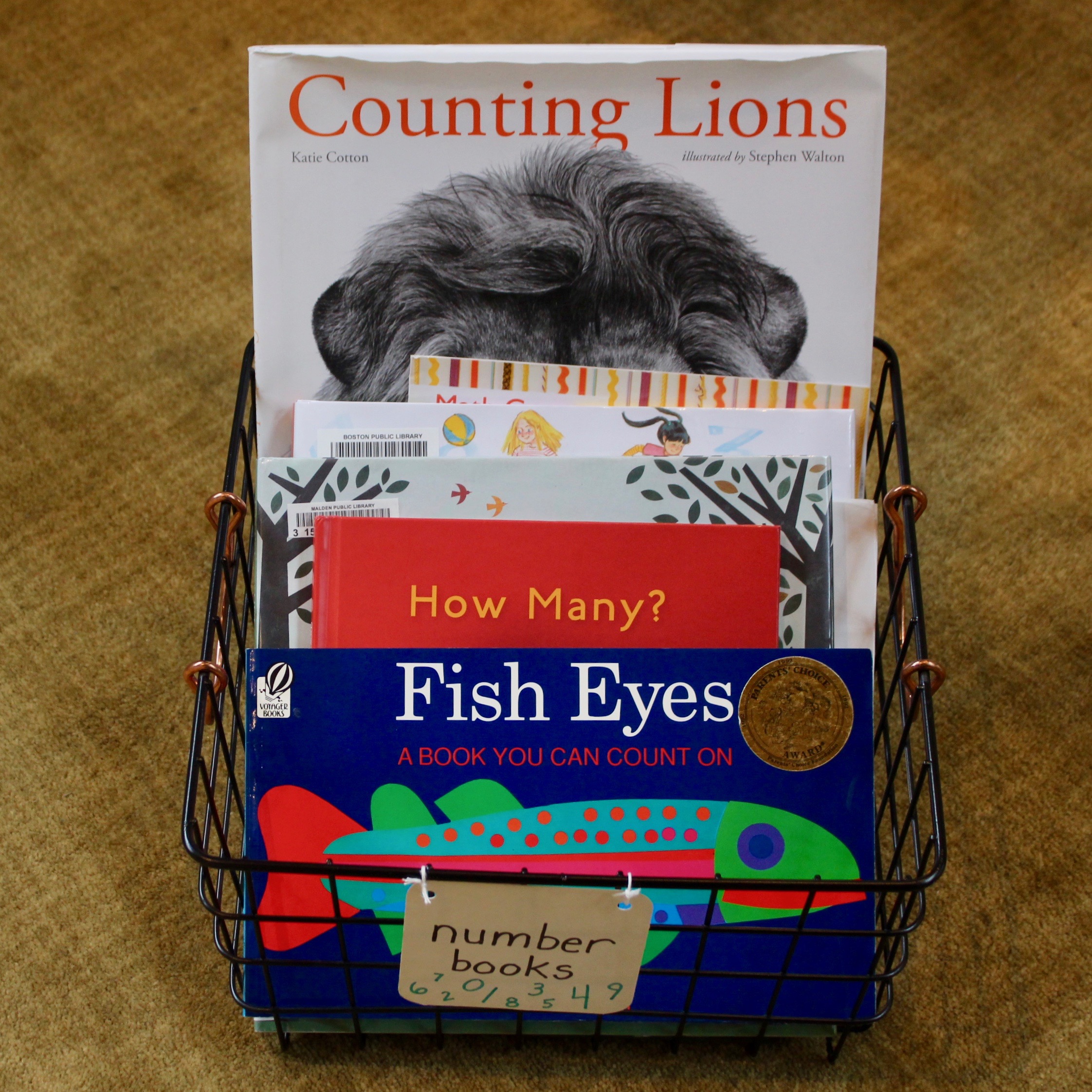


OUTDOOR EXPLORE
During a gathering we shared back the repair tools we compiled. Teachers made a stack of cards, one for each tool. We will reference these cards when we need help finding ways to repair our relationships when someone is hurt.
Outside, during a game of capturing tigers, children check in with one another with hugs, questions, and apologies. Then they return to play together or apart.
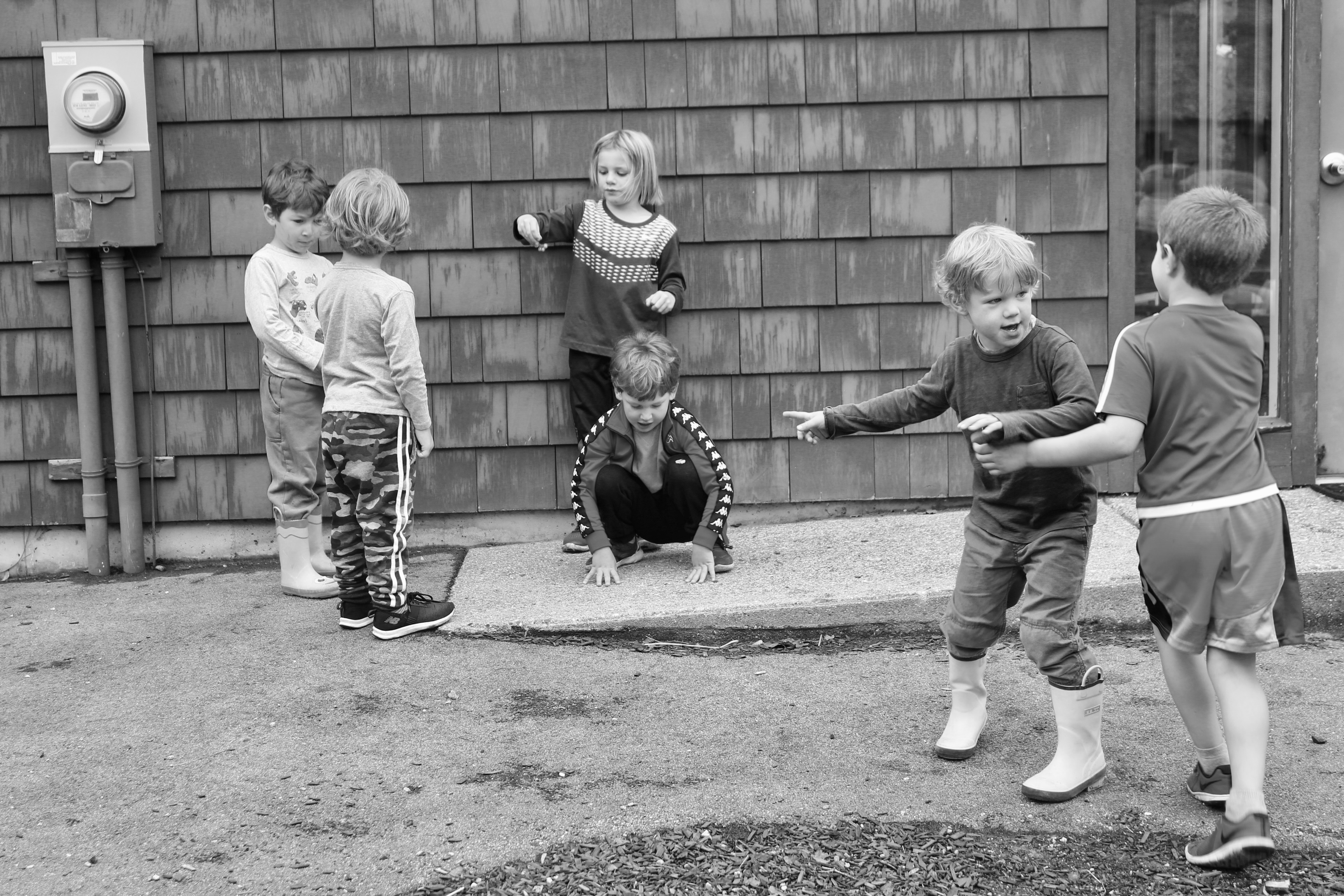







I’m helping you get them! LUCA
Get them, Luca! THOMAS
Okay, you can be a tiger, Ian. THOMAS
He’s a tiger, let him go! IAN
Sorry, Luca. IAN
Capture me! I’m still on Travers’ team. LOUIS
Stop, we’re not playing anymore. TRAVERS
You can capture me! LOUIS
REFLECTION MEETING
We revisited our ramp work, reflecting on what we noticed in the work of Kaya and Charlie Schubert. Reflecting as a group is challenging! We are practicing how to be together on the rug, how to take turns as speaker and listeners, how to respond to each other. One way we are supporting this work is through silent video.
How do these ramps work?
STORY WORKSHOP
On Monday, Luca took the author’s chair during story workshop and shared a true story about a snake. The non-fiction snake book in our studio has been a favorite of many. Learning to be a reader and writer is learning to make connections to the stories. This is how we become critical readers. This is how we become inspired to write. It is also important to know how listeners connect to your stories. For these reasons, once the author has finished telling a true story, we invite the audience to connect to the story through questions and comments.

What do you know about snakes?
What do you like about this book? (if you do indeed enjoy it!)
On Tuesday, children experimented with materials on table tops. We wonder, How do we share the stories that live within us? How do materials help us find these stories and make them visible? As we observe children at play, we name the story parts we see. Some begin with a setting, others with the action, or perhaps the characters appear first. It takes time to generate ideas. Sometimes children finish their work with only a setting built. As we continue story workshop, more and more children will return to their stories to extend them and to revise them.
What stories did we find in these materials?
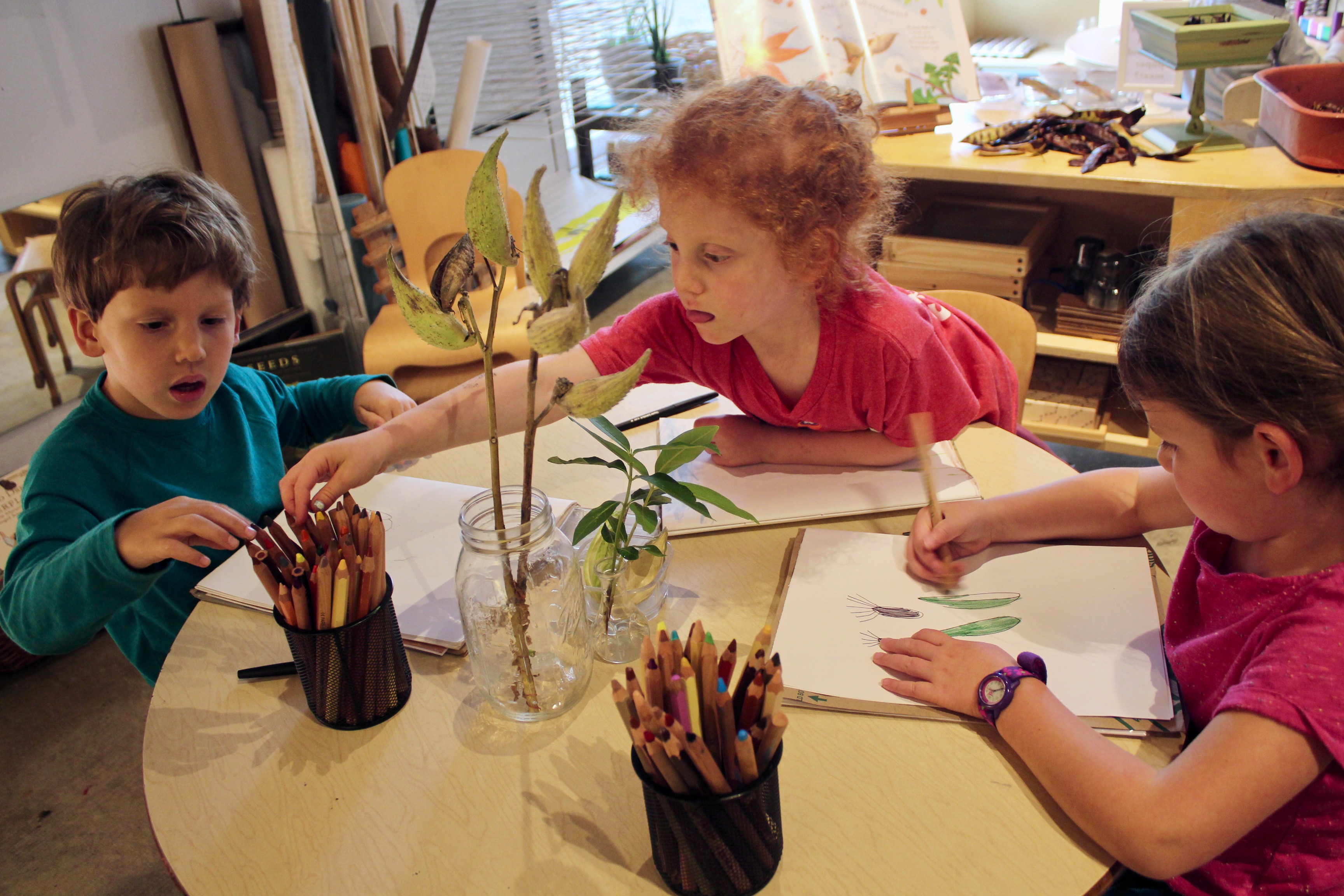
milkweed seeds, pods, stems, and leaves, sketchbook, pencil and pen…






